
About
About me...
My first flights were with No.6 AEF at RAF Abingdon in the back of the lovely Chipmunk. I then attempted to persuade her Majesty that I was suited to a career in the Air Force, a doomed project that included two years flying the mighty Bulldog out of RAF Woodvale. This was my first exposure to the world of aerobatics and it left a mark.
I joined the world of commercial aviation in 1999 with easyJet, via Cabair and CTC, and remain with them as an Instructor and Examiner.
Having returned to the world of general aviation in 2020 I decided that there was an opportunity to pass on the excellent learning gained through twenty years with easyJet and started to look for ways of achieving this. The result is CW Aviation, delivering UPRT & Aerobatics instruction through three excellent flying schools based at Blackbushe and Shoreham.
1986-1987 gliding, flying scholarship & PPL
1988-1990 university air squadron
1991-1999 the lost PPL years
1999-2000 Cabair (RIP) integrated ATPL
2001-2006 easyJet first officer B737 & A320
2007-2010 easyJet line captain
2010-present easyJet line trainer
2017-present easyJet TRI/TRE
2020-present flying instructor
2021-present aerobatics & UPRT instructor


About the aircraft...
The Slingsby T67 Firefly is a British-built two-seat aerobatic training aircraft, built by Slingsby Aviation in Kirkbymoorside, Yorkshire. I should mention that it's based on a French aircraft, the Fournier RF-6, but let's gloss over that.
It has been used as a training aircraft by several armed forces as well as civilian operators and provides an excellent, robust platform for teaching advanced manoeuvres.
The original T67A was (like the RF-6) of wooden construction and used a 118hp engine. This was following in 1981 by the T67B which, as with all later versions, was made from glass-reinforced plastic. The 118hp Lycoming O-235 was initially retained, but with the T67C a more powerful 160hp O-320 engine was used.
Military variants began with the T67M, equipped with the 160hp AEIO320 engine and gaining a constant-speed propellor, fuel-injection and inverted fuel and oil systems. In 1985 the T67M-MkII was released with the single-piece canopy replaced by a two-piece design, and the single fuselage fuel tank replaced with two larger tanks in the wings. In 1987 the T67M200 was released with a more powerful 200hp Lycoming AEIO360 engine and a three-bladed Hoffman propeller.
The final version was released in 1993, the T67M260. This was equipped with the heavier, six-cylinder, 260 hp Lycoming AEIO540 engine and was used to train hundreds of RAF, Royal Navy, British Army and other military pilots through the Joint Elementary Flying Training School until 2010. It was also bought by the Americans, who unfortunately brought about the type's eventual demise as a production aircraft. However, it remains the go-to aircraft for UPRT and aerobatics instruction in the UK.
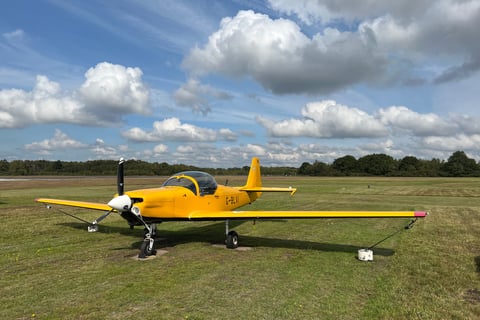

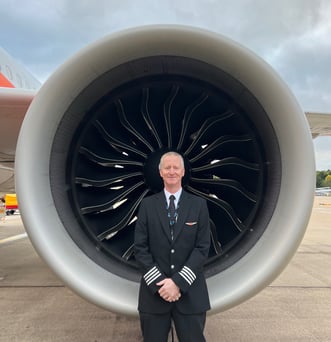

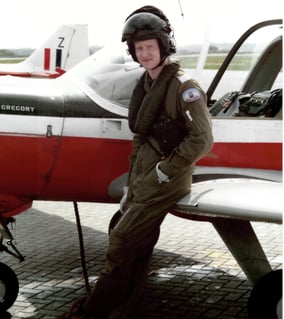

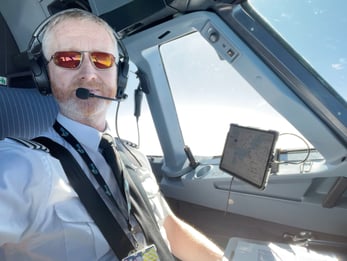

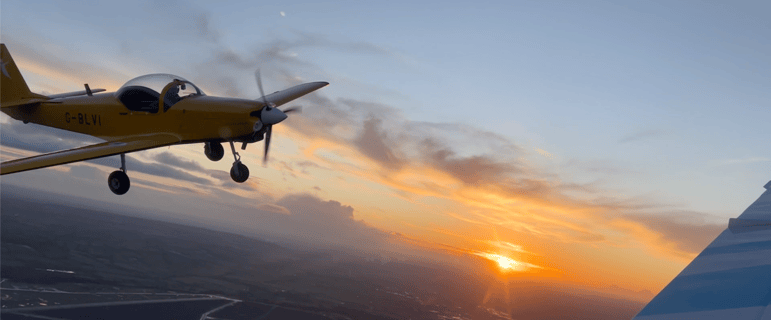


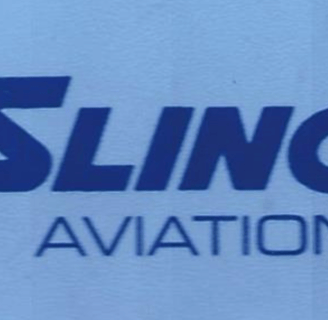
Chris Wade Aviation Ltd
Operating out of:
Blackbushe Airport, Camberley, Surrey
and
Brighton City Airport, Shoreham-by-sea
aviation@chriswade.co.uk


